Are you guys familiar with Parallel Factor Analysis (PARAFAC)? What kind of signal and noise floor where PARAFAC needs to be used? In the g.USBamp experiments. 7 channels were used. Then Parallel Factor Analysis were used in the 7 channel data. When the second factor was done, the signals came out clearly. What is the meaning of the first and second factor in Parafac?
The signal is not exactly out of this world. The idea is akin to symmetry breaking in the Big Bang. In the very hot soup in the Big Bang. There is more symmetry and electroweak is one force. When the universe cooled down.
Our world has enough strange signals, so there is no needs to looking for signals from another world 
I just wonder why you decided that "The signal is not exactly out of this world"?
I'm talking with the authors of the BCI2000 (Brain Computer Interface 2000 software) Initiative in making my g.USBamp run. They found a flaw in the Launcher where the system defaults to 256Hz. Most use this for EEG, so they didn't catch the config problem. They fixed it and I can run it at 1000Hz or higher sampling. The following is the result. The smaller amplitude is 10uV, 50Hz, the bigger amplitude is 30uV, 50Hz. You guys believe that higher frequency signal that is also 10uV can still be resolved, isn't it? Remember higher frequency won't have the jagged edges, but would have more changes in the baseline.
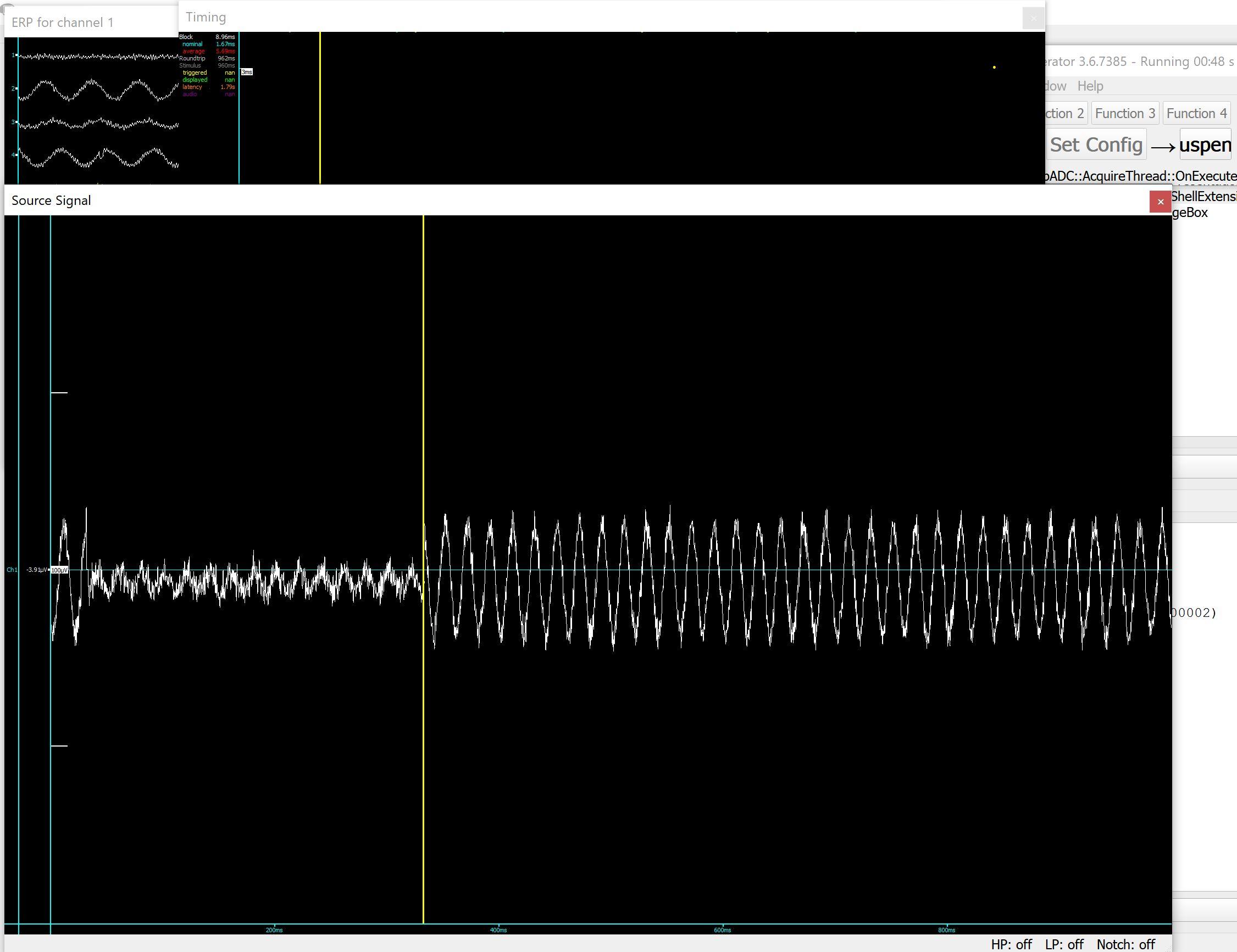
To convince myself. I really need to buy the best signal generator suggested here. But the RF attenuator is more doubtful whether you can accurately set it to 10uV. So without an RF attenuator. How would I get to 10uV using the best signal generators?
About the signal that is not really out of this world. Please consider the following common sense.
What do human brain, Lions brain and computers or AI have in common. They have basic units like neurons or processors or networks. These are very complex by themselves. But in humans, something in the highest aspect of the Universe somehow tap or hack into our nervous system. This gives us abstract level of thoughts, etc. This can be illustrated by this Virginia quote:
"You may tear apart the baby's rattle and see what makes the noise inside, but there is a veil covering the unseen world which not the strongest man, nor even the united strength of all the strongest men that ever lived, could tear apart. Only faith, fancy, poetry, love, romance, can push aside that curtain and view and picture the supernal beauty and glory beyond. Is it all real? Ah, VIRGINIA, in all this world there is nothing else real and abiding.".
That was written a century ago. Now for the first time in human history. We may have the technology and science to push and open the veil covering the unseen world and reveal the super beauty ad glory beyond.
I'm verifying the experiments of some scientists who can measure the hacking signal to our nervous system. I mentione "hacking" just for my choice of word because it's really like hacking into the nervous system. If there is a voltage gradient on the skin caused by the field, or between inserted probes, you should be able to measure that.
What is it really we are trying to measure? It's composed of many frequencies like a rainbow or colors of field which anchor into the human nervous system and field. It's not one frequecy because the different colors have different frequencies.

Let's go back to baby. In a baby. The chakras or sensors were just being developed. It looks like this as seen by thousands of people worldwide (including hundreds I know. I am involved in one of the most extensive paranormal organization in the world).
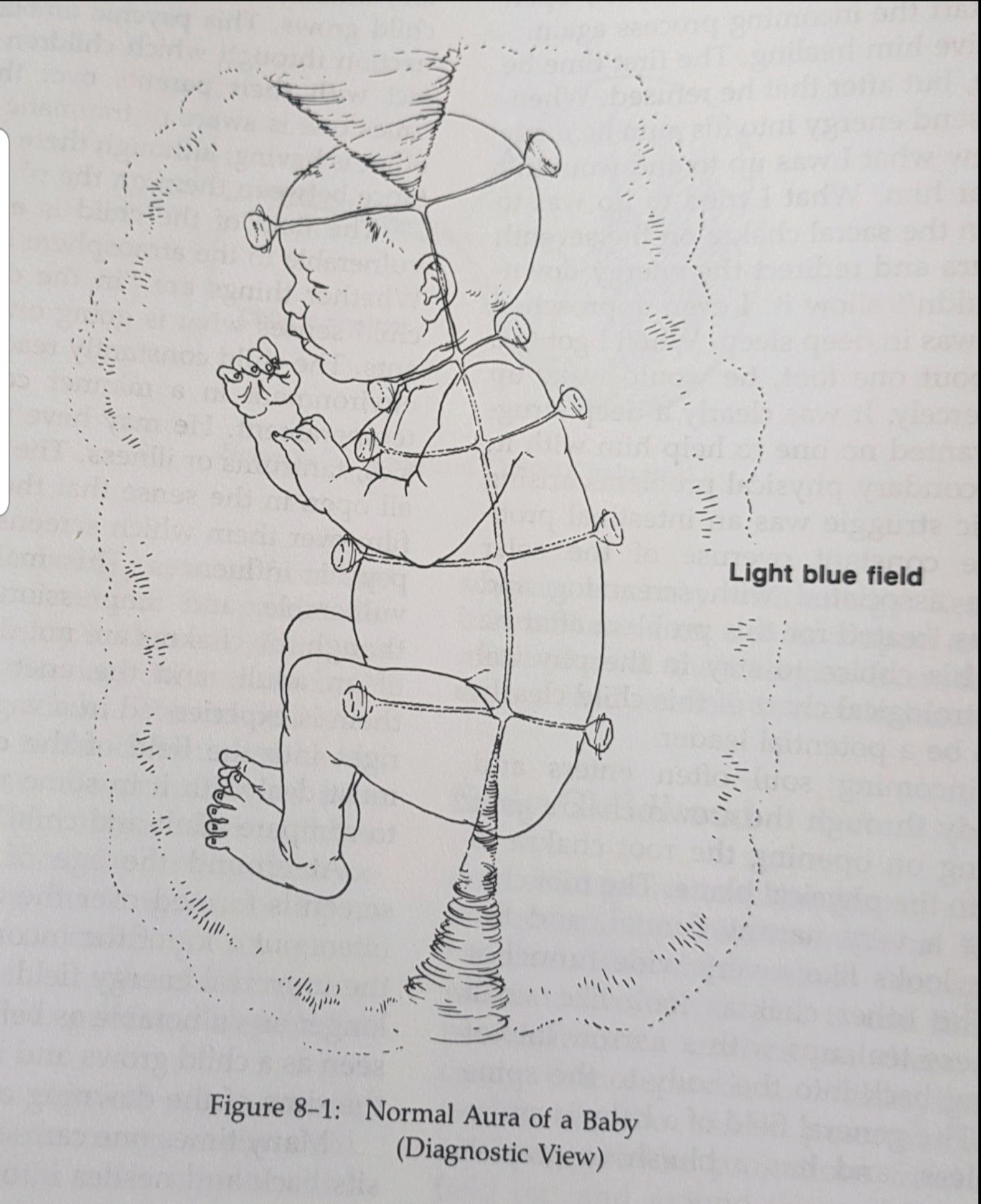
Where do the chakras or field of energy come from. Somehow the higher aspect of the Universe anchors an aspect of its consciousness into humans to grow and extend the reach or influence. The power has been there since the Big Bang and set the constants of nature such that humans can evolve and grow to become vessels of the power and essence of the Universe.
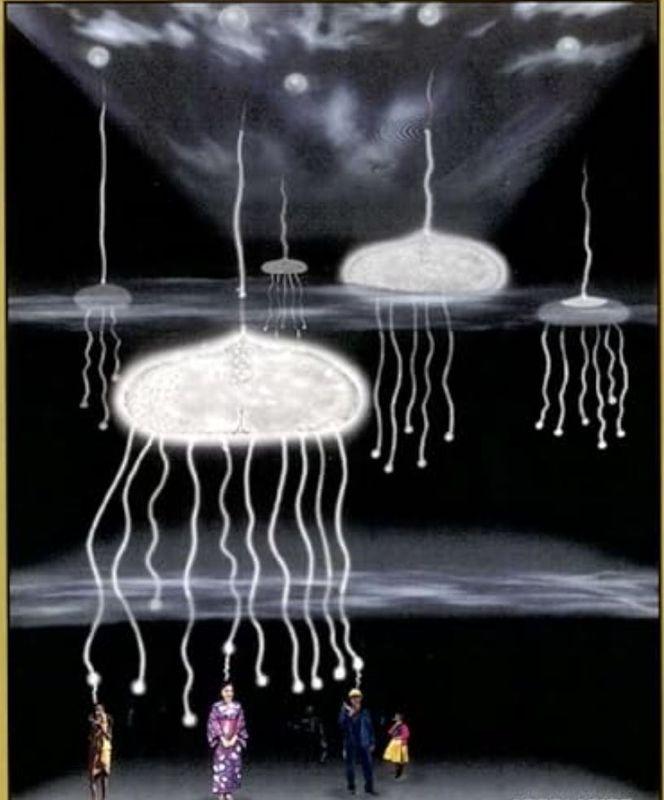
As the baby grows into adult. The chakras are also developed. Remember they vessels of our higher aspect. The analogy is like a radio being human body and the electromagnetic transmission being the heart and soul of the radio. Right now what's happening is like 2 opposite camps fighting. One composed of group of people who hold the radio set tight and convinced all the signal originated inside. The other camp is convinced the electromagnetic wave is the radio and ignore the complexities of the radio set. This latter are many new age fanatics who were so ignorant of basic medical or science. So they keep on talking of auras only. The experiments to measure them will answer whether they have voltage gradients to be measurable. Whether it is measurable by biopotential sensors or not can be one of the keys to eventually finding the right equations akin to Maxwell equations or the Schrodinger Equations in the quantum. I'm open to whether the gradients existed or not and not biased in any way.
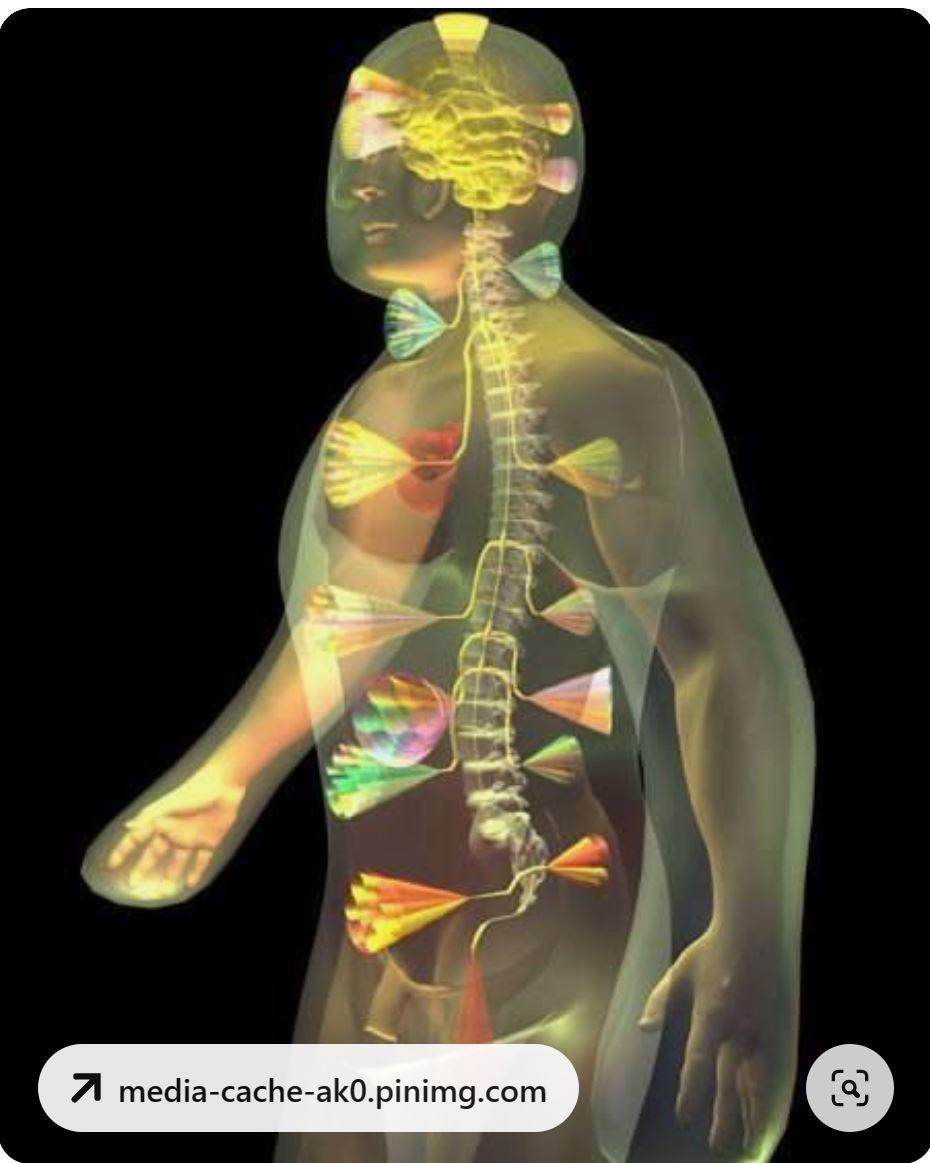
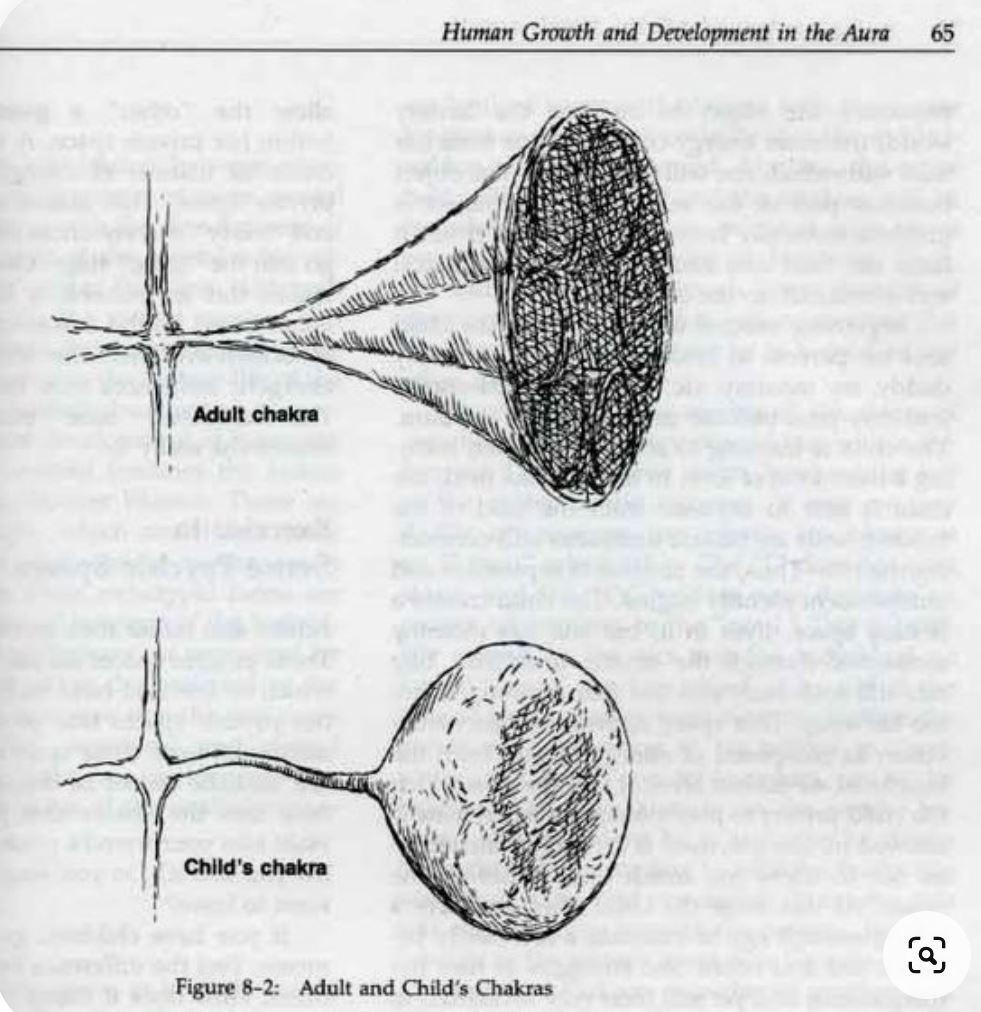
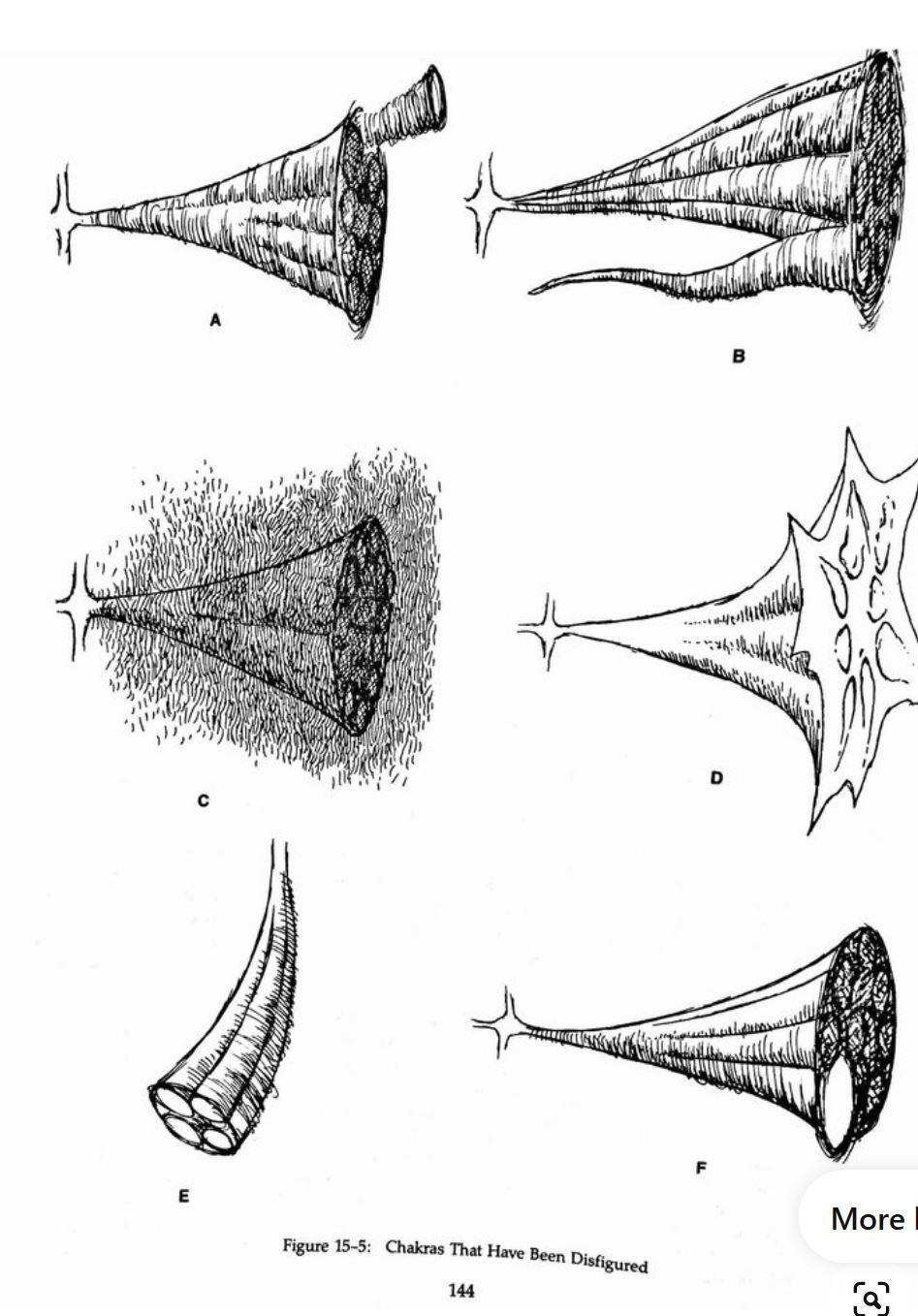
The chakras just like the body can have disorders. In fact. In my life, I've been involved in fixing the disorders in the chakras. Without treating them. It can manifest in countless psychological ills and disorders that can be life long and lingering.
Do you understand? Anyway thanks for all the electronic tips. Now I'm focusing on Mathcad and signal analysis to replicate the experiments of those who found sigma 5 proof of the signal that range from 300Hz to 2400Hz. It is not one frequency because just like colors, it has multiple frequency like a rainbow, I'm not even sure if it is 10uV or 30uV or higher, although the lower limit seems to be 10uV. If there is nothing to all this. Then it is ok, because it can exclude a very important sector in experimental and theory space to arrive at the correct Theory.